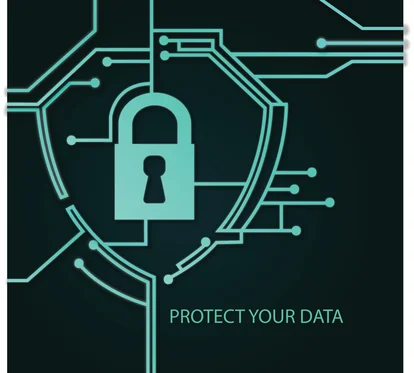This isn’t just about technology; it’s about strategy, governance, and adopting a mindset that puts data protection front and center. Here’s why this matters and how your organization can take the first steps toward a more secure future.
A secure foundation starts with governance
The maturity of your organization plays a big role in how effective any security initiative will be. Implementing a Secure by Default approach isn’t just about flipping a switch. It requires a strong foundation of governance. This means clearly defined policies, structured processes, and the right roles and responsibilities in place. Without these, even the best technology can fall short.
Good governance ensures consistency, clarity, and accountability. It sets the stage for tools like Microsoft Purview to truly shine by giving your organization the structure it needs to manage and protect data effectively.
Why adoption is key
Every new tool or process introduces change, and change can be hard. For end-users, this often means adjusting the way they work, learning new workflows, and understanding why these changes matter. Adoption isn’t just a checkbox; it’s the bridge between intention and impact.
Investing in user training, creating clear communication plans, and gathering feedback are all essential to ensure that people embrace the Secure by Default model. When users understand the value of data protection - not just for the organization but also for their own work - they’re more likely to engage with and support these changes.
What does Secure by Default look like?
The Secure by Default initiative is about making security the default state for your data. With Microsoft Purview, this includes:
- Sensitivity labels: automatically classify and protect documents based on their content.
- Data Loss Prevention (DLP): prevent accidental sharing of sensitive information.
- Insider Risk Management: detect and mitigate potential risks from within the organization.
These tools are designed to simplify the complexities of data protection, but they’re only as effective as the strategy behind their implementation. It’s not just about turning features on; it’s about aligning them with your organization's unique needs and goals.
My take: why Secure by Default matters
As someone deeply passionate about helping organizations succeed with Microsoft solutions, I see Secure by Default as a game-changer. It’s a shift away from reactive measures and toward a proactive approach that safeguards data from the start.
However, success isn’t guaranteed. It requires careful planning, a clear governance framework, and a strong focus on adoption. Organizations that rush into deployment without addressing these foundational elements risk falling short of their goals. On the other hand, those that take the time to prepare, train, and engage their teams will see the true benefits of this approach.
A call to action
If your organization is ready to take data protection seriously, now is the time to act. Start by assessing your governance framework. Are your policies clear? Do you have the right people and processes in place? Next, plan for adoption. Engage your users early, provide training, and create a culture that values data protection.
Secure by Default is more than a tagline, it’s a mindset. By embracing it, you’re not just protecting your data; you’re building trust, enabling innovation, and ensuring that your organization is prepared for whatever the future holds. Let’s make data protection a priority, together.


